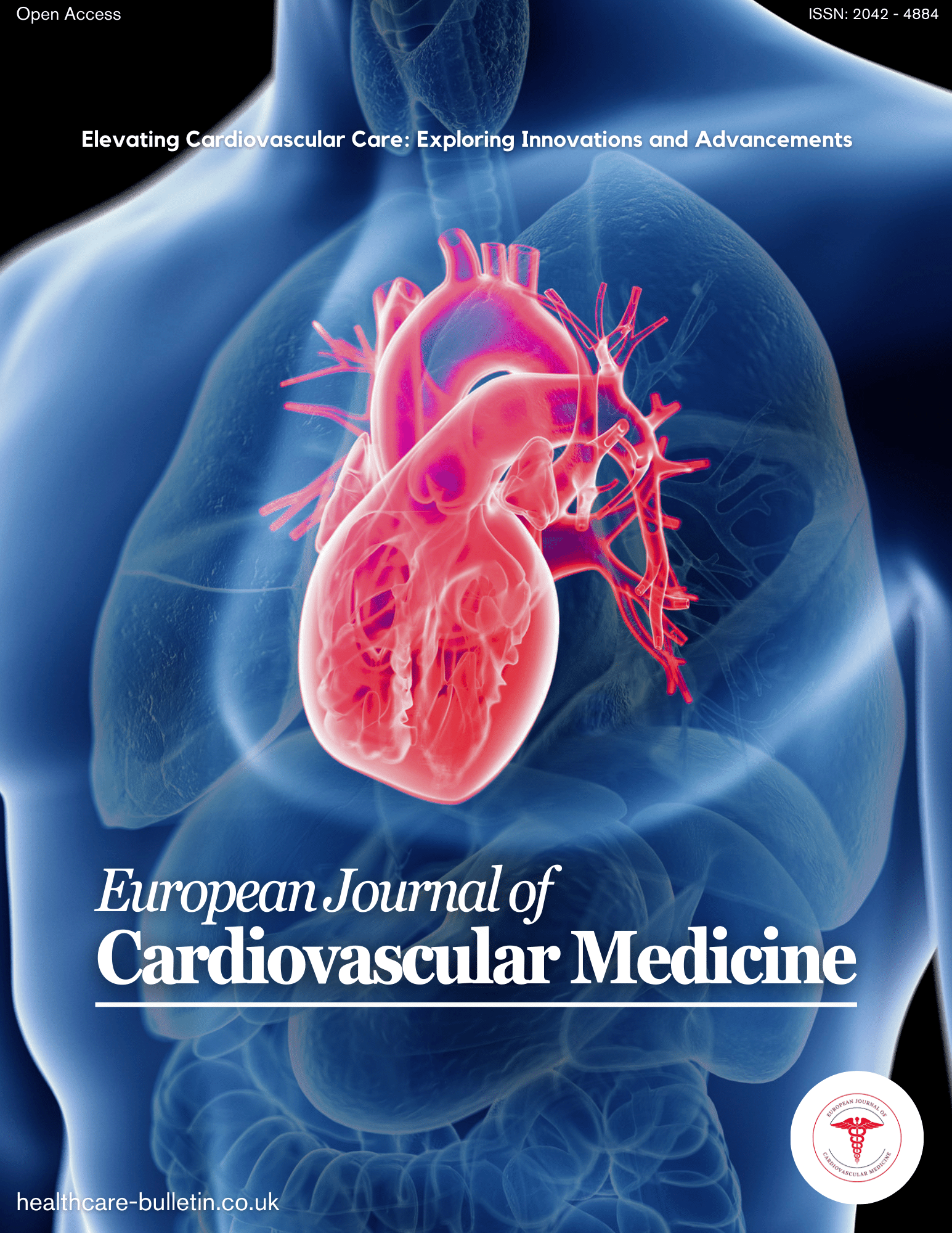Introduction: Squamous cell carcinomas comprise 90% of oral cancers, are usually preceded by premalignant lesion. Oral cancers are approachable to visual inspection and there are chances for earlier detection in order to reduce morbidity and mortality. Screening asymptomatic individuals by systematic visual oral examinations to detect the disease has been shown to be feasible. Despite the ready accessibility of oral cavity, these malignancies are often detected at late stage due to ignorance in rural areas. Aims and objectives: The present study aimed to identify clinicopathological characteristics of patients with oral squamous cell carcinoma (OSCC) according to age, sex and risk factors, to analyse histological differentiation specific to tumour and grading [Broder’s grading]. Materials and methods: A total of 137 samples received in the department of pathology between July 2015- June2017, were studied. Clinical data including age, gender, site, size of tumour, risk factors like alcohol consumption, smoking, pan chewing had been recorded. Histopathological grading was determined using Broder’s grading system. Results: The mean age of incidence was 54.6 yrs. with male predominance. Out of 137samples the most common presentation was with fungating growth seen in 71(51.8%) patients. The most common site was tongue in 49 cases (35.7%) followed by buccal mucosa in 38 cases (27.7%). Aetiology of smoking accounted for 131 cases (95.6%), alcohol consumption in 74 cases (54%), pan chewing among 69 cases (50.3%). Moderately differentiated tumours were observed in 73 cases (53.3%), well differentiated carcinoma in 60 cases (43.8%), verrucous carcinoma identified in 4 cases (2.9%) patients. Conclusion: OSCC is frequently encountered in fourth to sixth decade of life with male predominance. Smoking and pan chewing were common risk factors. The most common histological subtype was moderately differentiated squamous cell carcinoma.

